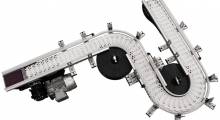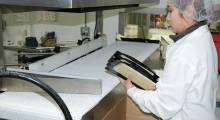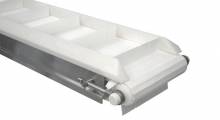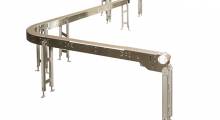
Dorner
Over the last 51 years, Dorner’s product line has evolved from a single, low profile metalworking conveyor to a robust line of industrial, sanitary, and automation precision conveyors. We have solutions for a broad range of industries including packaging, automation, food processing, manufacturing, pharmaceutical, medical and more!
975 Cottonwood Ave
Hartland, Wisconsin, 53029
United States
(262) 367-7600 (800) 397-8664
www.dornerconveyors.com/ Dorner Company Profile
Hartland, Wisconsin, 53029
United States
(262) 367-7600 (800) 397-8664
www.dornerconveyors.com/ Dorner Company Profile









